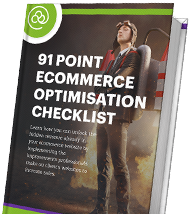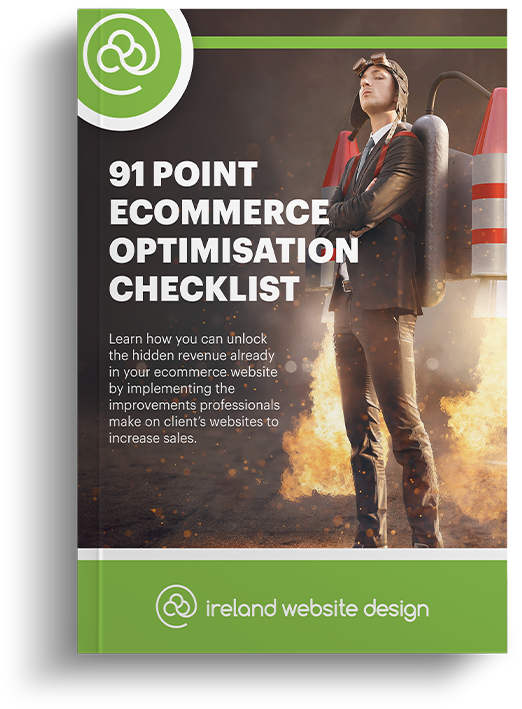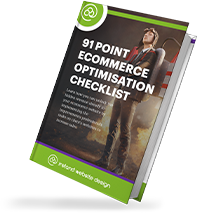We design websites for clients, but in the end, we design them for the users that visit the page. In order to create a website that is easy to use for visitors and gives our client a good conversion rate, we have to find out more about the users first.
This is usually done in the first meetings with the client. Sometimes we can also use already existing data from Google Analytics which helps us a lot in finding out more about the users that visit the page.
So what is a persona?
A persona basically is a summary of one user group. By gathering all information we can about the user groups we create one representative for each group. The point of having a persona is not keeping it abstract but actually assigning a name, picture, location, and so on to it.
How does it help with the design process?
Personas help the designers get into the role of the targeted user groups. Therefore they can distinguish better if the current design actually fits the user. It is also a good idea to print out the personas and put them onto a wall next to the other project-related things. So if a designer gets stuck or loses motivation he just has to glance at the wall and remind himself for whom he creates the product. They are also very helpful in the Marketing process. Personas help you consider what a target audience might relate to and what they possibly enjoy.
How many personas do I create?
You will most likely create more than one persona. It is good to summarize user groups as well as possible but don’t overdo it. The amount of personas needed really depends on your business. Whatever you think is right for your business is correct. Just keep in mind that you should spend a reasonable amount of time on the personas. A few good ones are better than many unprecise ones. As a rule of thumb, we recommend not creating more than four personas.
What information should a persona contain?
Those eight characteristics are essential:
- Name
- Picture
- Age
- Location
- Platform
- Background
- Education
- Skills
Name:
Don’t name your persona John Smith or something similar. Think about a name somebody in this profession could have. But also don’t pick Bill Gates for a large technology company owner. If you use names that are familiar with your team they will only see this person and overlook the other aspects of the persona. And never use names of team members for the same reason. In short, use a suitable name that doesn’t ring any bell for you or your co-workers.
Picture:
Similar rules apply to the picture. Once again, don’t use pictures of people you know. You should never judge people by their looks, but in a persona, this is actually encouraged. So don’t feel bad if you use a stereotypical picture. Also, make sure that the picture only shows one person without the stuff they might carry with them.
Age:
The age should fit the name and picture. Use exact numbers. If the persona represents a teenager just set the age to 17 or something like that.
Location:
If you already have data from Google Analytics about the general location of your customers this is easy. Once again be precise and provide at least a city name. For large cities, also the district might be of interest.
Platform:
The platform describes the device and operating system the persona would use to access your website. Be realistic because this is an important point in the persona. It defines the requirements for your website. If a persona is mostly using a smartphone to visit your website, you could consider building an app for them. (Keep in mind that an app has to suit your business. If your customers only use your website to book an appointment, an app doesn’t make much sense.)
Background:
The background is general information about the persona. What’s its profession, what is its family-like, hobbies and so on.
Education:
Provide a brief CV of the persona. What school did he go to? What did he study at university?
Skills:
Additionally to general skills also provide technical skills. This gives you a lot of information on how much you can request from the users on websites.




